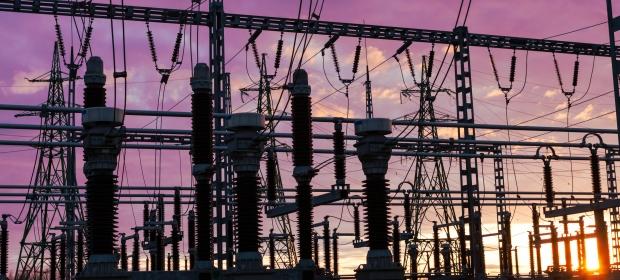Products
Once produced the electrical energy has to be be transported (HV) to the distribution network (MV/LV) where end users can use it.
The primary substations are the interconnection between high voltage and medium voltage.
The secondary substations are the interconnection between medium and low voltage.
SEA produces HV/MV, MV/MV, MV/LV transformers, both liquid immersed and dry type.
Here below the type of substations where transformers can be used:
-
Transmission substation
The purpose of this substation is connecting two or more grid transmission lines.
The simplest case is when the voltages are the same (in such case high-voltage switches allow lines to be connected or isolated).
In the case the voltages are different some transformers has to be used to convert them.
Other devices to control voltage and power factor like reactors (shunt, variable shunt) and phase shifting transformers to control power flow between two adjacent power systems have to be used.
-
Primary distribution substation
This substation is used to transfer power from the network transmission lines to the distribution line of an area.
The purpose is to reduce the voltage to a correct level suitable for local distribution from MV (up to 36 kV) to LV (up to 0.9 kV). -
Collector substation
In particular projects like wind farm, solar or hydroelectric plants are installed a collector substation.
The purpose is similar to the distribution substation but they are used to step-up voltage from different turbines to the transmission network system. -
Mobile substation
Particular type of substation where the transformer is mounted on a mobile support (trailer) equipped for mobile usage.
SEA has a wide experience on this applications with installations from -50 °C up to desert enviromental conditions, from multiple voltages to overloads requirements.

